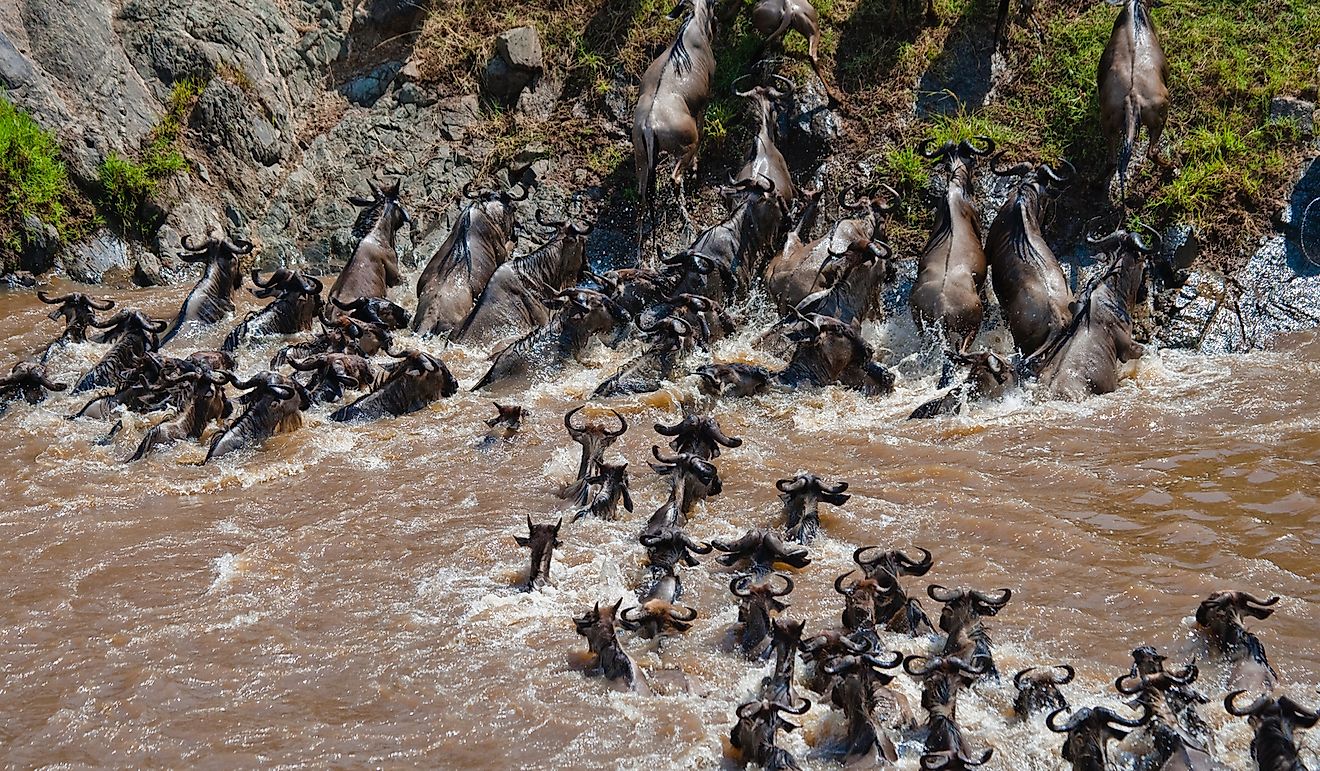The Mara-Serengeti Ecosystem, A Global Wonder

The Mara-Serengeti is an expansive ecosystem in East Africa. It covers over 12,000 square miles of northern Tanzania and southwestern Kenya. The Mara and Serengeti are separated by the international boundary demarcating Kenya and Tanzania, but both are located within the Mara region that has been settled by the Maasai community for the past 300 years. The name “Serengeti” means vast plains in the local Maa language. The Mara-Serengeti ecosystem is among the most popular safari destinations in the world. Animals traverse the two boundaries freely, but tourists cannot cross the international border without seeking approval from the respective governments. The Serengeti is the larger of the ecosystem extending over 30,000 square kilometers while the Maasai Mara is about 1,500 square kilometers. The two landscapes are similar, especially towards the Mara River. Most people think of the Serengeti as a vast, barren, dry savannah but it is, in fact, a transformative landscape with above-average rainfall The Mara side of the ecosystem has a higher tree density and is hillier. The most important features of the ecosystem are the river systems. Every year millions of wildebeests, zebras, impalas, and other herbivores migrate from the drier plains of the Serengeti to the lush plains of the Maasai Mara in a circular route that takes the animals across the crocodile-infested Mara River. The Great Migration is the most spectacular animal migration in the world and one of the natural wonders of Africa.
The Rivers Of Life
Several small streams traverse the ecosystem on both sides of the border, but the two large rivers; the Mara and Grumeti Rivers are the most important during the Great Migration. The Grumeti is located entirely within Tanzania, but the Mara flow from the highlands of Kenya, through the park into Tanzania. The rivers not only support the millions of animals but also create an obstacle during the migration. Crossing the rivers is not an isolated event for the wildebeests but a series of events. The animals cross the Grumeti once but the Mara twists and turns to create several crossing points as the animals move from east to west. June is the best time to watch the crossing from the Grumeti while late August through mid-September marks the climax of the Mara Crossings.
The Other Stars Of The Great Migration
Wildebeests take center stage due to the sheer numbers, but the migration also features antelopes and zebras in small but significant numbers. Whenever the herbivores head to, the predators including lions, leopards, jackals, cheetahs, wild dogs, hyenas, and scavengers such as vultures are bound to take advantage. Though territorial animals such as lions did not follow the herds; they maximize their kills as the animals cross over their territories. Permanent settlers such as elephants, rhinos, warthogs, and giraffe serve are relegated to mare spectators as the herd of visitors takes over plains.
Two Seasons, Two Countries
January through March marks the rainy season in the Serengeti. The plains turn green and more than 200,000 calves are born. The flowers blossom, creating a spectacular sight throughout the reserve. The carnivores also have plenty to eat as expectant wildebeests and newborns make easy prey. During this period, animals do not migrate from the Serengeti, but a few animals arrive from the Maasai Mara. As the rainfall shift north towards the Maasai Mara the vegetation becomes depleted, and the animals begin migrating. The migration exposes both the prey and predators as the herbivores became less and the predators became more aggressive. Heavy rainfall in the Kenyan highlands floods the Mara river creating a natural barrier that must be crossed by migrating animals.
The Experience
The choice between visiting the Mara or Serengeti is not the attractiveness of either but a seasonal experience created by the wildlife. The lodges and camps found on either side of the border also affect the experience. There are more private concessions on the Kenyan side of the border that offer exclusive wildlife experience, including night game drives. Tourists are advised to keep track of animal migration to gain the real experience of the Mara - Serengeti.











